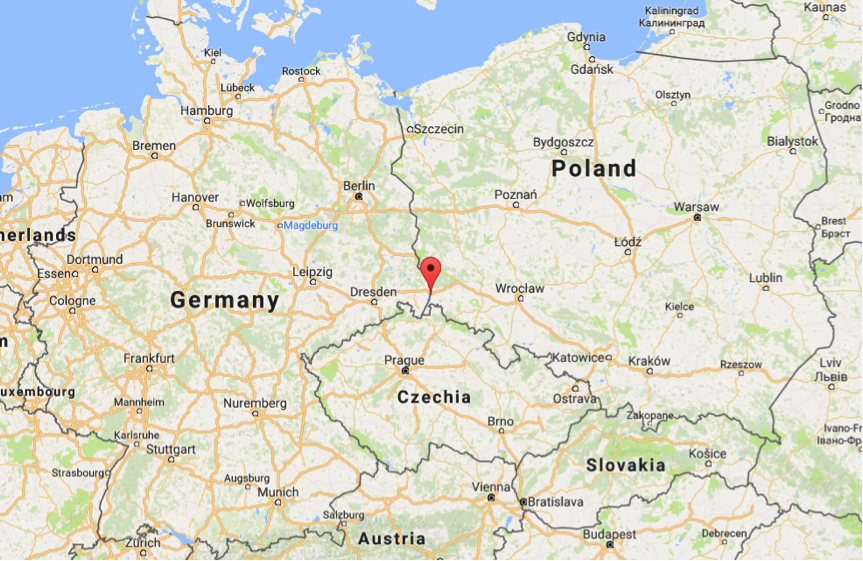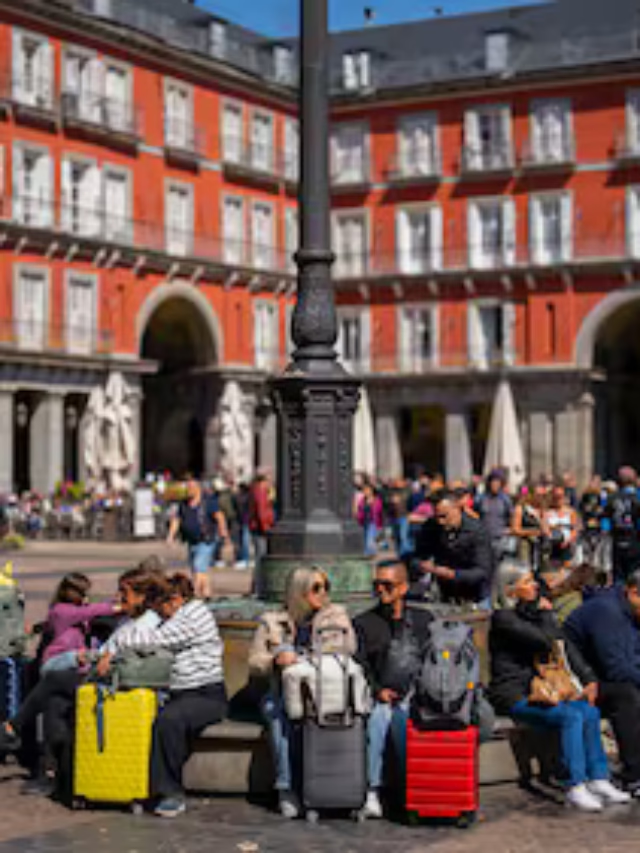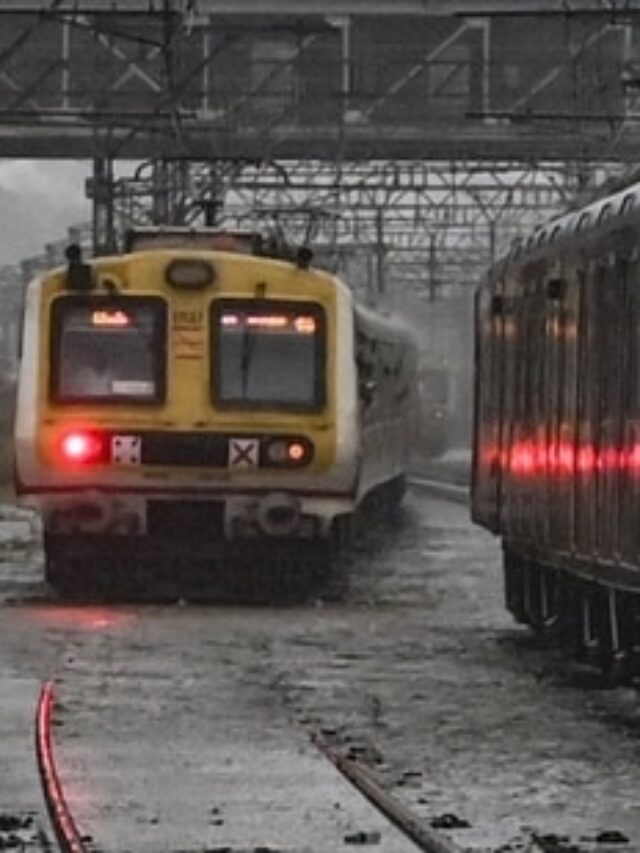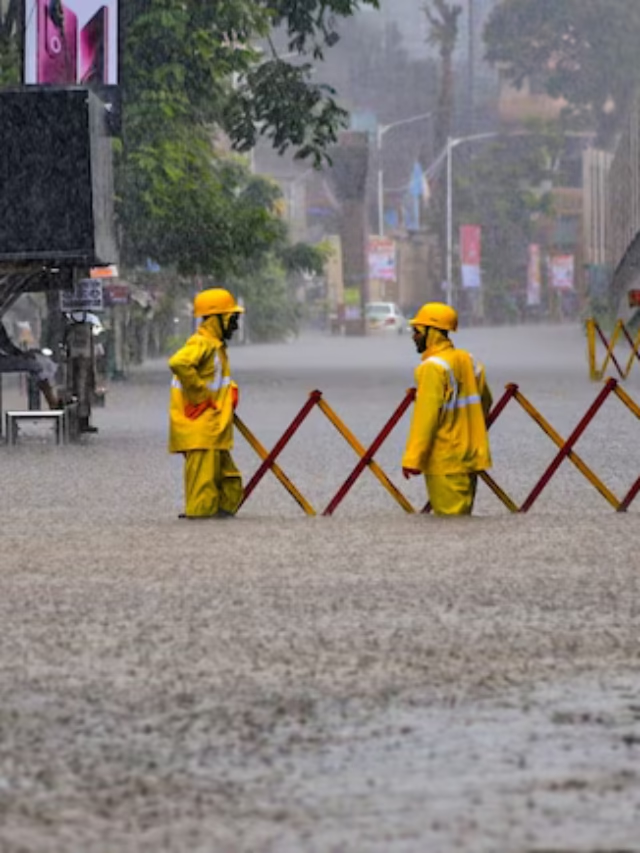
Overview
In a significant shift with far-reaching implications, Poland has reinstated border checks with Germany and Lithuania for a month, citing increased irregular migration and national security concerns. The temporary measure, which began on July 6, 2025, will last until August 5, 2025, affecting thousands of daily travelers and threatening the integrity of the Schengen Agreement—the cornerstone of free movement in Europe.
This blog explores the reasons behind the decision, Poland-Germany response, the broader political context, and what it means for the European Union’s future.
Why Did Poland Reinstate Border Checks?
According to Polish authorities, the decision to reintroduce checks at the border Poland-Germany with was driven by the following factors:
Surge in Irregular Migration: A noticeable rise in undocumented crossings through Poland into Germany.
Security Threats: Concerns about illegal trafficking, cross-border crime, and terrorist infiltration.
Allegations of Pushbacks: Warsaw claims German border officials are pushing migrants back into Polish territory—a claim Berlin strongly denies.
poland-germany Ministry of the Interior emphasized that the action was taken “in the national interest” and complies with provisions under the Schengen Borders Code, which allows temporary border controls during extraordinary circumstances.
Germany’s Official Response
Germany quickly rejected Poland’s accusations of migrant pushbacks, labeling the move “unnecessary and politically motivated.” A spokesperson for the German Interior Ministry said:
“Germany is adhering to all EU laws on border control and asylum. There is no official policy of pushing migrants back into Poland.”
Poland-Germany has expressed concern that Poland’s unilateral decision may trigger similar actions by other Schengen countries, undermining regional cooperation.
Border Crossings Affected
Poland has deployed additional border guards and established fixed and mobile checks at key crossing points. Affected areas include:
Frankfurt (Oder)
Görlitz
Swiecko
Zgorzelec
Forst (Lausitz)
These checks are causing significant delays, with motorists and commuters experiencing wait times ranging from 30 minutes to over 2 hours.
Timeline of Events
July 6, 2025: Poland implements border controls.
July 10, 2025: Germany responds publicly, denying all allegations.
July 18, 2025: Scheduled EU meeting to address the crisis.
August 5, 2025: Tentative end date for Poland’s controls (subject to extension).
Impact on the Schengen Agreement
The Schengen Agreement is one of the EU’s most celebrated achievements, enabling passport-free travel among 27 European countries Poland-Germany. Poland’s decision represents a rare rollback of these freedoms and raises fears of long-term fragmentation.
Risks:
Increased border friction
Economic slowdown in border towns
Encouragement of similar moves by other nations
Poland-germany EU officials warn that such disruptions, if not managed diplomatically, could erode trust and weaken the foundation of EU integration.
Migration Trends in 2025
The EU has seen a steady rise in irregular migration in 2025, particularly through:
The Balkan Route
Eastern Europe (including Belarus and Ukraine borders)
Germany reported a 17% increase in unauthorized migrant entries in the second quarter of 2025. The majority of these individuals originated from conflict zones in the Middle East and North Africa.
Political Reactions
In Poland:
The ruling Law and Justice Party applauded the move as a step toward “restoring national sovereignty.”
Opposition parties criticized the decision, accusing the government of fear-mongering ahead of regional elections.
In Germany:
Most political parties have condemned Poland’s action as “regressive” and called for EU-level solutions.
Human rights groups have expressed concern over possible violations of asylum seekers’ rights.
Voices from the Ground
Border Towns:
Residents and business owners in cities like Zgorzelec and Frankfurt (Oder) report severe disruptions:
“Daily life is on hold. Deliveries are delayed, and tourism has dropped,” said a hotel manager in Zgorzelec.
Commuters:
Many daily cross-border workers are frustrated:
“I now have to wake up two hours earlier just to get to work,” said Marta K., a Polish nurse working in Germany.
What Travelers Should Know
If you’re planning to cross the Poland-Germany border this month:
Carry valid passport or ID.
Arrive early due to unpredictable wait times.
Use alternative routes or avoid peak hours.
Monitor updates from official EU travel advisories.
What’s Next?
All eyes are on the July 18 EU summit, where migration policy and Schengen integrity will be top of the agenda. If Poland and Germany fail to resolve their differences diplomatically, we could witness:
Prolonged or permanent border controls
Legal action by the European Commission
A broader reassessment of EU migration strategies
Conclusion
Poland-Germany reinstatement of border checks with Germany marks a pivotal moment for the European Union. It reflects growing tensions around migration, sovereignty, and security. While the border checks may be temporary, their political and social impact could shape the future of European integration.
With diplomatic talks looming and public debate intensifying, the next few weeks will be crucial in determining whether this is a temporary crisis or a turning point for Europe.










